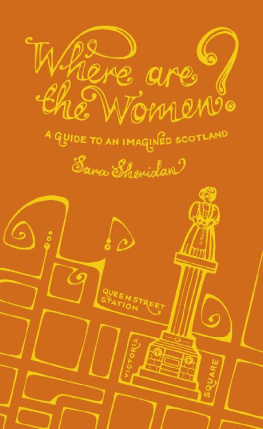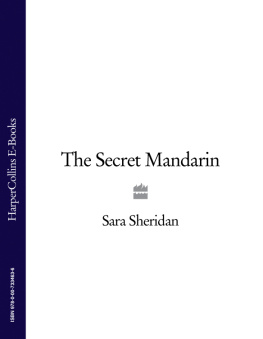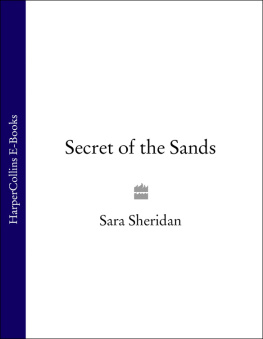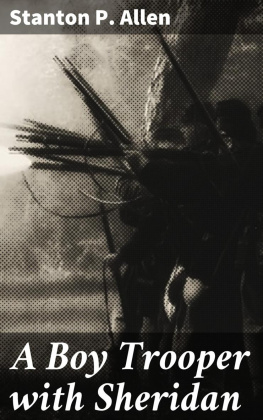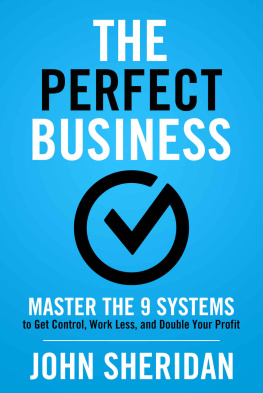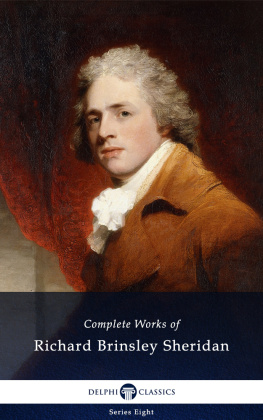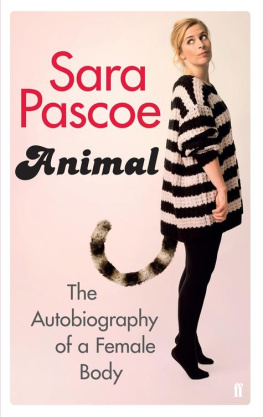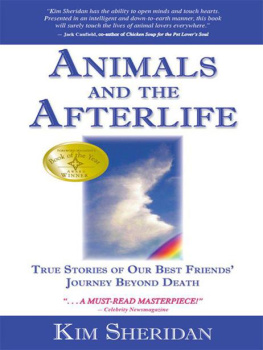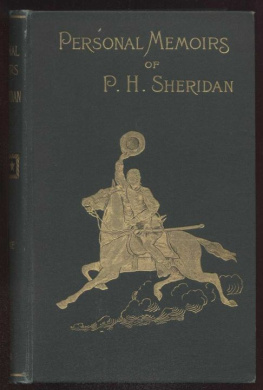Sara Sheridan - Where Are the Women?
Here you can read online Sara Sheridan - Where Are the Women? full text of the book (entire story) in english for free. Download pdf and epub, get meaning, cover and reviews about this ebook. year: 2019, publisher: Historic Environment Scotland, genre: Children. Description of the work, (preface) as well as reviews are available. Best literature library LitArk.com created for fans of good reading and offers a wide selection of genres:
Romance novel
Science fiction
Adventure
Detective
Science
History
Home and family
Prose
Art
Politics
Computer
Non-fiction
Religion
Business
Children
Humor
Choose a favorite category and find really read worthwhile books. Enjoy immersion in the world of imagination, feel the emotions of the characters or learn something new for yourself, make an fascinating discovery.
- Book:Where Are the Women?
- Author:
- Publisher:Historic Environment Scotland
- Genre:
- Year:2019
- Rating:3 / 5
- Favourites:Add to favourites
- Your mark:
- 60
- 1
- 2
- 3
- 4
- 5
Where Are the Women?: summary, description and annotation
We offer to read an annotation, description, summary or preface (depends on what the author of the book "Where Are the Women?" wrote himself). If you haven't found the necessary information about the book — write in the comments, we will try to find it.
Where Are the Women? — read online for free the complete book (whole text) full work
Below is the text of the book, divided by pages. System saving the place of the last page read, allows you to conveniently read the book "Where Are the Women?" online for free, without having to search again every time where you left off. Put a bookmark, and you can go to the page where you finished reading at any time.
Font size:
Interval:
Bookmark:
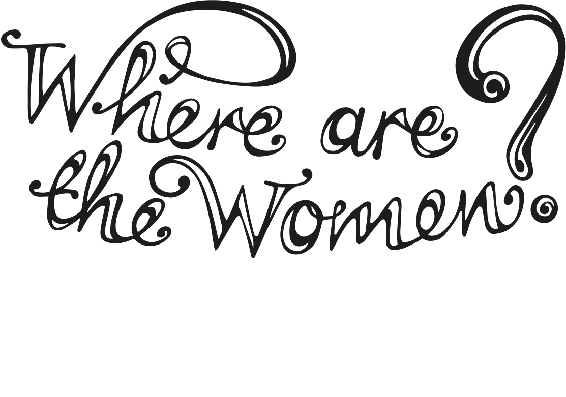

Published in 2019 by Historic Environment Scotland
Enterprises Limited SC510997

Historic Environment Scotland
Longmore House
Salisbury Place
Edinburgh EH9 1SH
Registered Charity SC045925
Historic Environment Scotland 2019
Text Sara Sheridan, Illustrations Jenny Proudfoot
British Library Cataloguing-in-Publication Data. A catalogue record for this book is available from the British Library.
eISBN 978 1 84917 274 5
All rights reserved. No part of this publication may be reproduced, stored in or introduced into a retrieval system, or transmitted, in any form, or by any means (electronic, mechanical, photocopying, recording or otherwise) without the prior written permission of Historic Environment Scotland.
Contents
Introduction
I cant imagine how I might have conceived of myself and my possibilities if, in my formative years, I had moved through a city where most things were named after women.
Rebecca Solnit
In 2016, writer and activist Rebecca Solnit worked on a map which renamed the stops on the New York subway after women and, in one stroke, highlighted the gendering of our built heritage. It was a strange feeling to look at that remade map and wonder why I had never noticed that, in the normal run of things, all the stops were named after men. I had never heard of most of the women Solnit chose to memorialise. They had achieved amazing things yet their stories were unremembered.
Our sense of self and of where we come from is not confined to history books. On reading about Solnits project it struck me that if women dont see themselves represented in the world around them, the unspoken message is that their stories, and indeed achievements, dont matter. This raised an interesting question. All the men around me, I realised, were living in just that world a place where men were raised on plinths and streets were named in their honour. Like Solnit, I immediately imagined the entitlement I might feel if my gender was included and the impact that would have on my confidence. The sense of what I might achieve and of that achievement being normal. It was a window into the world of our culturally dominant gender.
I discussed Solnits article with James Crawford, the publisher at Historic Environment Scotland. I had contacted him about my bugbear the lack of memorialisation of women and asked if he would be interested in commissioning something about womens history in Scotland. I didnt want to write a researched opinion piece I wanted to take a more creative approach. I honestly wasnt sure if he would be up for that kind of project. But he was. Over coffee we talked about creating an imaginary guide that reflected what Solnit had done a map not only of an underground system, but of a country. A different world
It came as no surprise when I discovered that, in a 2016 survey by English Heritage, 40 per cent of respondents thought women did not impact history as much as men. It struck me that this is a vicious circle if womens achievements are constantly downplayed and mens are publicly more valued, equality will remain an uphill struggle and we will continue to remember the men and forget the women. For all members of society to contribute, it is important to show all contributions are valued, be they from mainstream, majority communities or from minorities. While women make up over 50 per cent of the population, they are still a marginalised group. If proof were needed of how controversial this subject remains, the outcry in 2017 in the run up to Jane Austens appearance on the Bank of England ten pound note is a good example. The argument against this ran that Austen wrote about domestic subjects and therefore was not worthy of commemoration. This chimed a particular bell with me as a novelist. It reminded me of writer and critic Lesley McDowells view that Theres a tendency to elevate novels about war above novels about the domestic sphere, and women tend still to write more about the latter. It doesnt make their novels any less serious or important, but they are perceived to be less so. The truth is, it isnt only books. This idea crosses all media and with it the dominant view that womens issues and indeed lives arent worthwhile.
In my writing life I have commemorated the stories of lost and unremembered women for years. In archive after archive I have found myself asking where are the women? as I research material for my historical novels. The lack of female documents and artifacts is acute. Historian Bettany Hughes estimated in 2016 that female material makes up a mere 0.5 per cent of recorded history. Over time I became more and more aware that this issue extends into our day to day existence, and when I found out that in the UK only 15 per cent of statues are raised to women and most of those to Queen Victoria, I was incensed. In another medium, as an activist, I co-founded an equality-led perfume company, REEK, which memorialises landmark women including Jacobites and witches. The collection of scents makes the wearer themselves a monument and allows individual women to take a stand by remembering forgotten heroines from the past. On the day I met Jamie, in fact, I had decided to mix a new perfume in memory of the lives of pirate queens just as fearsome as Bluebeard, Captain Kidd or Henry Morgan Jeanne de Clisson, Grinne Mhao (Grace OMalley) and Ching Shih. Now I had an opportunity to extend that vision to imagine the recognition of hundreds of women.
The way we memorialise our history is key. As George Orwell noted in 1984 , He who controls the past, controls the future. He who controls the present, controls the past. He .
In Naomi Aldermans science fiction novel The Power , which won the Baileys Prize in 2017, Alderman imagines a world 5,000 years in the future, where womens power is normalised. In this world, evolutionary biology allows society to misread history and show that men are weak. One character a man tries to push against this, arguing that history was written by women who chose stories that were more favourable to them. They picked works to copy that supported their viewpoint I mean, why would they recopy works that said that men used to be stronger and women weaker? That would be heresy, and theyd be damned for it. Exactly.
Just as I read Aldermans book, in my home city of Edinburgh (where, incidentally there are more statues of animals than there are of women), crime writer Val McDermid created Message from the Skies as part of the programme of events to celebrate Edinburghs Hogmanay. This was an interactive trail highlighting Edinburghs female literary history including the novelist Susan Ferrier, whose talent Sir Walter Scott claimed surpassed his own; author D E Stevenson, cousin of the repeatedly commemorated Robert Louis Stevenson (whom she outsold in her day); and internationally renowned writer Muriel Spark, whose collected works had just been republished to mark her centenary. The project provoked a similar response from some of the people who followed the trail they were shocked that they had not heard of so many of the landmark female writers featured. The answer to that is how could they have done so if these women arent commemorated? Existing female monuments number a mere five statues in the whole of Glasgow. Day to day, cultural and historical memory is contained around us, in our built environment, and the women are not there.
Next pageFont size:
Interval:
Bookmark:
Similar books «Where Are the Women?»
Look at similar books to Where Are the Women?. We have selected literature similar in name and meaning in the hope of providing readers with more options to find new, interesting, not yet read works.
Discussion, reviews of the book Where Are the Women? and just readers' own opinions. Leave your comments, write what you think about the work, its meaning or the main characters. Specify what exactly you liked and what you didn't like, and why you think so.

